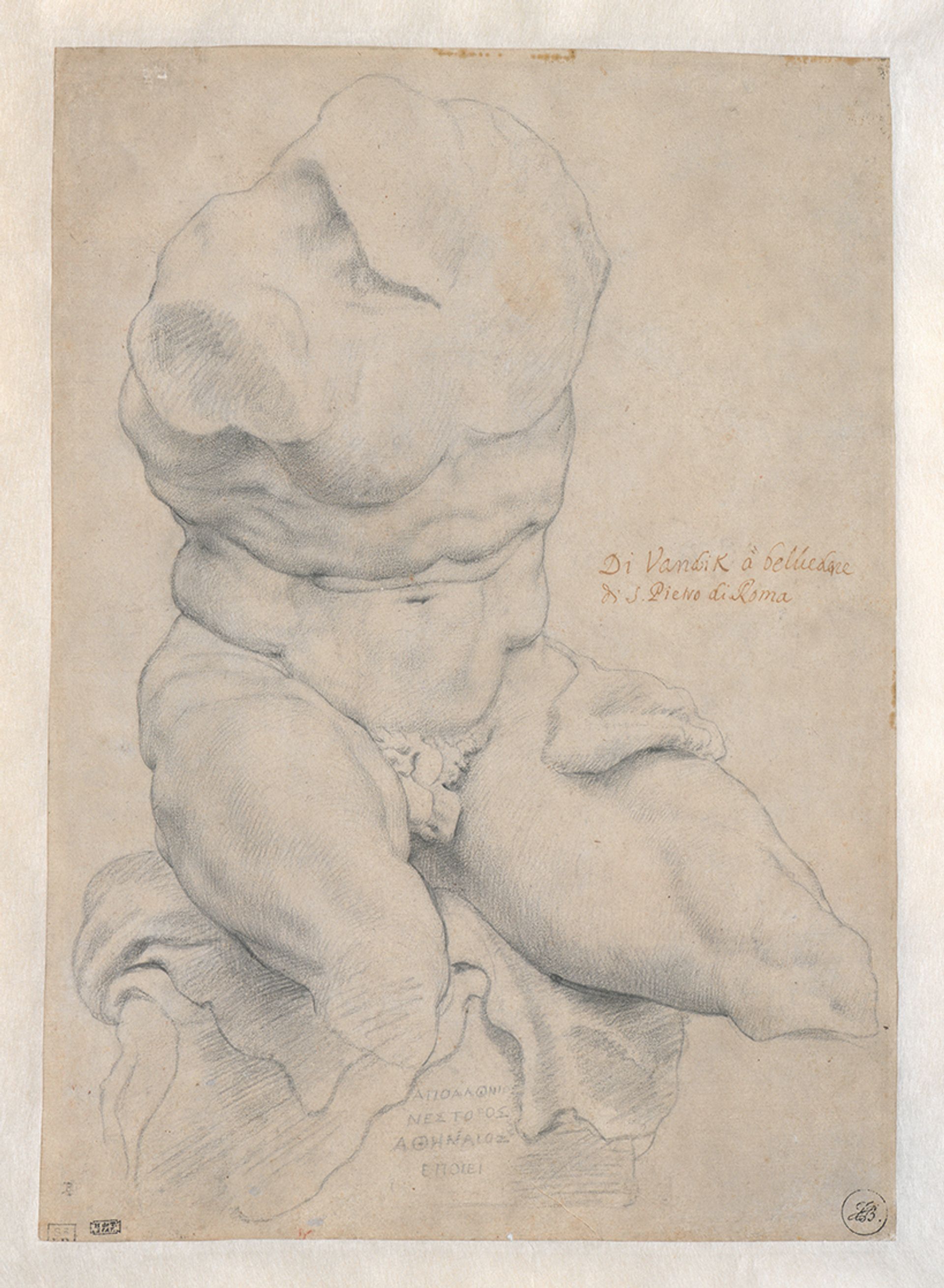“You might call it the best of the best of the best,” says An Van Camp, the Ashmolean Museum’s co-curator of an exhibition of around 120 drawings by Flemish artists of the 16th and 17th centuries. The show will run only until June, when the fragile works must go back into their dark storage boxes.
In 2020 the Belgian government published a list of Old Master drawings considered to be the nation’s masterpieces—the best and the most precious. The Plantin-Moretus Museum in Antwerp, the only printing house in the world on the Unesco list of world heritage sites and the original print publisher of many of the artists, decided to show 100 of those drawings, since many were already in its collection.
Aware of the Ashmolean’s own outstanding drawings collection, the Plantin-Moretus approached the Oxford institution as an international exhibition partner. The Ashmolean version of the show will take 60 works from Antwerp and add more from its own and other Oxford collections. Peter Paul Rubens’s drawing Belvedere Torso (around 1601-02), made during his years in Italy, will be paired with the Ashmolean’s 19th-century cast of the first-century BC original.

Peter Paul Rubens’s Belvedere Torso (around 1601–02) will be shown with the Ashmolean’s 19th-century cast of the first-century BC original © Collection City of Antwerp, Rubenshuis
The exhibition will be divided into three sections: drawings from other pieces; working designs, including cartoon fragments for a huge tapestry reunited from the Antwerp, Ashmolean and Christ Church, University of Oxford, collections for the first time; and drawings made as works of art in their own right. It will include a first edition print of Pieter Bruegel the Elder’s head-spinning Temptation of St Anthony (around 1556), which was tracked down by Van Camp and acquired for the museum only a few months ago and is on display for the first time beside the original drawing.
In Antwerp, one glass case was left covered in smudges from visitors’ noses, as they leaned in to study a book of tiny drawings copied by Rubens, at the age of just 13, from Hans Holbein’s Dance of Death (1523-25) print series. For the Ashmolean exhibition, the Rubens book will be opened at The Abbot, which shows an outraged cleric attempting to bash a skeleton with his prayer book.
It is all very personal for Van Camp, who is from Antwerp and spent days tramping the banks of the River Schelde to identify the site of a drawing of the city by Hans Bol (before concluding that he had invented it) and wrote the catalogue at the country castle bought by Rubens in the last five years of his life.
The show will include a rollicking drawing by Jacob Jordaens of a beanfeast, presided over by a grandfather evidently stupefied by alcohol, surrounded by members of his household in varying states of disintegration, and watched over by a puzzled dog and a bored cat, with one man’s head being held up by the hair as he vomits so violently he has kicked over a stack of crockery. “Everything you could possibly want in a Flemish drawing, surely?” Van Camp says. Not for Alexander Sturgis, the Ashmolean director, who turned down her plea for it to be used as the exhibition poster and catalogue cover.
• Bruegel to Rubens: Great Flemish Drawings, Ashmolean Museum, Oxford, 23 March-23 June






